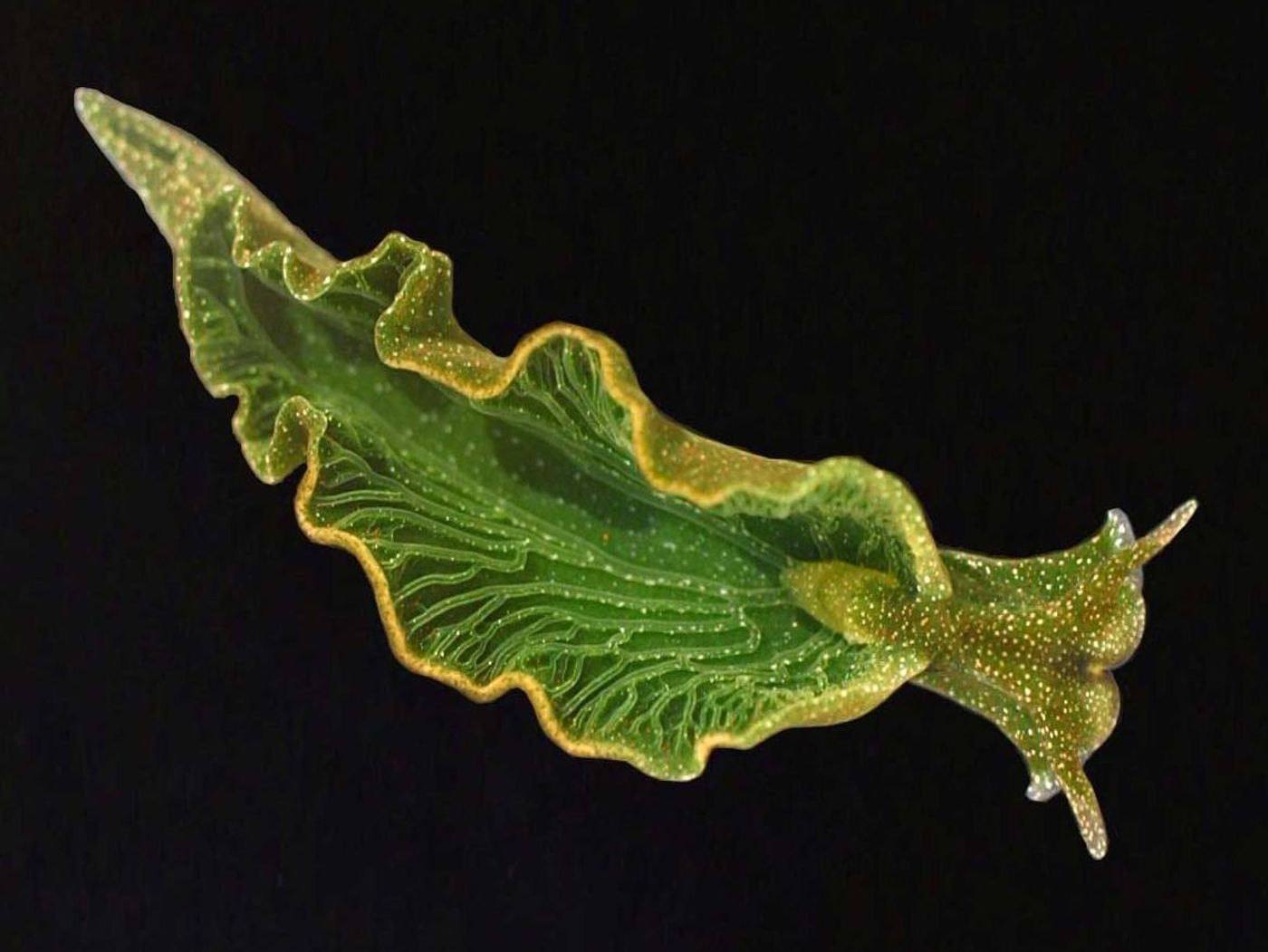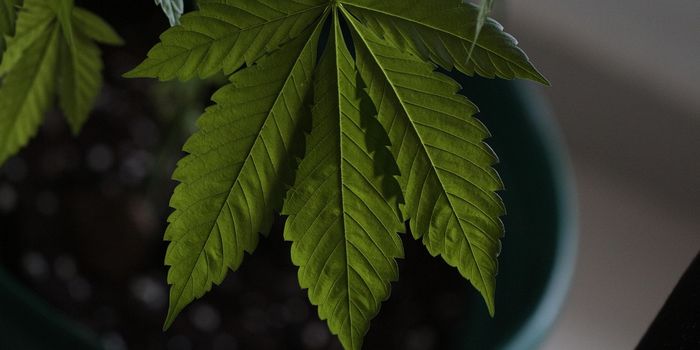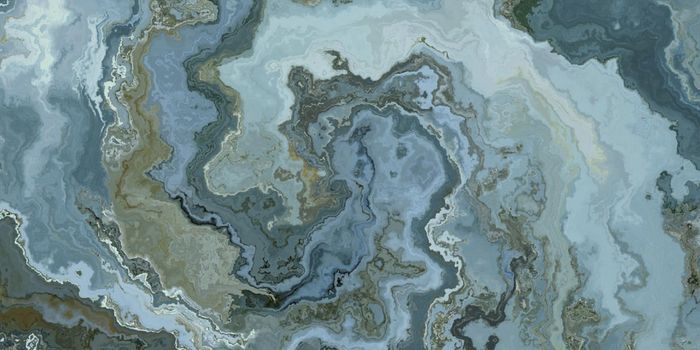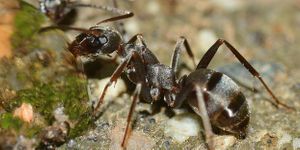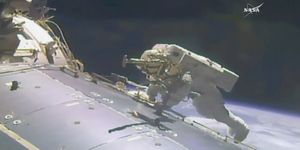A solar-powered sea slug?
Kleptoplasty. It sounds cool. It is cool.
Acquired phototrophy is a process where organisms - usually aquatic protists or metazoans - acquire and retain photosynthetic endosymbionts or their photosynthetic organelles (kleptoplasty).
Sacoglossan sea slugs are the only multicellular animals that are capable of kleptoplasty; a phenomenon that Robert K. Trench identified in 1969. Sea slugs like Elysia viridis eat macroalgae and sequester the algae’s plastids (photosynthetic organelles) within the cells of their digestive tract.
The De Negris observed a green pigment in these sea slugs back in 1876, and Brandt isolated tiny green “organisms” from the slugs in 1883. It wasn’t until 1965 that Kawaguti and Yamasu showed that plastids, not organisms, lived in the sea slug’s cells and gave them their green hue.
Amazingly, the plastids are “naked” - they exist freely within the cytosol of the sea slug cells (new tongue twister). Also amazing, the plastids can remain functional for up to a year! (That’s the entire lifespan of your average sea slug.) This is a great adaptation for the sea slug - the green pigment provides camouflage, and the process of photosynthesis provides the little guys with nutrients.
E. chlorotica nabs plastids from the algae Vaucheria litorea or Vaucheria compacta. These algae grow as filaments, and are commonly found in the Northern Atlantic and Eastern Pacific (off the coasts of Europe, North America, and Washington State). Because the filaments don’t have very many cross walls, the sea slugs extract the plastids by puncturing the cell wall and sucking out the cell contents.
A decent amount of photosynthate is actually utilized by the sea slugs - in one species, 30-50% of the photosynthate is retained, and about 75% of it is in the form of glucose (yum!). In some cases, up to 60% of the carbon that makes up sacoglossan slugs is made available by photosynthesis.
The big question is, how do the plastids keep working? The kleptoplasts stored by the sea slug can’t divide, and the slugs can’t produce chlorophyll on their own. There are a handful of hypotheses to explain how it all works. Some researchers suggest that algal nuclei (in addition to plastids) may be retained - if the nuclei are retained, this would provide the genetic material needed for the plastids to function. However, this hypothesis has never been validated.
Another possibility is that the plastids are genetically autonomous - they don’t need any help from the algal nucleus to function. In fact, the plastids do have their own genome, and it may contain all the genes required to carry out photosynthesis outside of the algal cell. The plastids may also be perfectly stable out on their own - the plastid genome may not require nucleus-encoded regulatory factors to express genes required for photosynthesis.
Finally, the most popular hypothesis is that horizontal gene transfer occurs between the algae and the sea slug to provide the genes necessary for photosynthesis. However, there is no evidence (to date) that the sea slugs express any nucleus-encoded algal genes.
Sources: University of Hawaii, Plant Physiology, Photosynthesis Research, PLoS One
